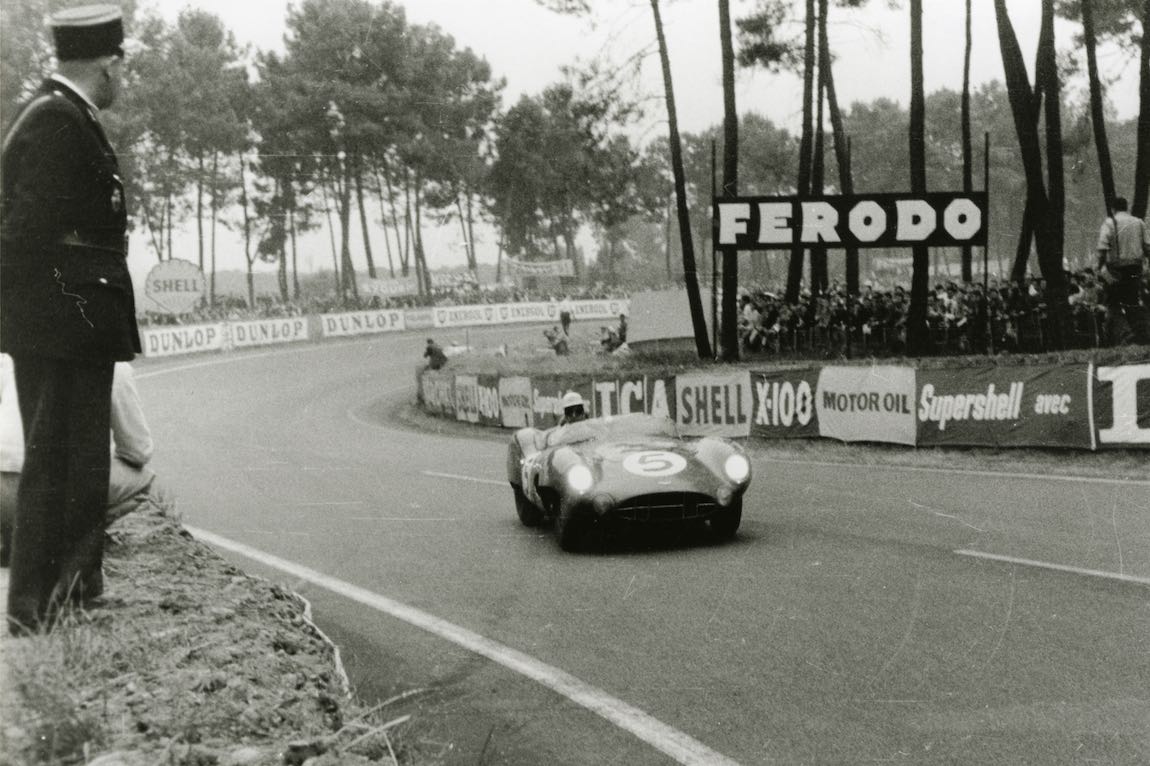Photo credit: RM Sotheby’s, Wheelsage
Since his purchase of Aston Martin at the end of 1946, David Brown, who produced gears and gearboxes, had victory at the 24 Hours of Le Mans at the top of his personal wish list. The first step was the acquisition of the rights to Lagonda and with them the designs of a six-cylinder engine with twin-overhead-camshafts, one of final projects of Walter Owen Bentley that would go on to form the basis for all future car successes of the Manufacturer from Gaydon.
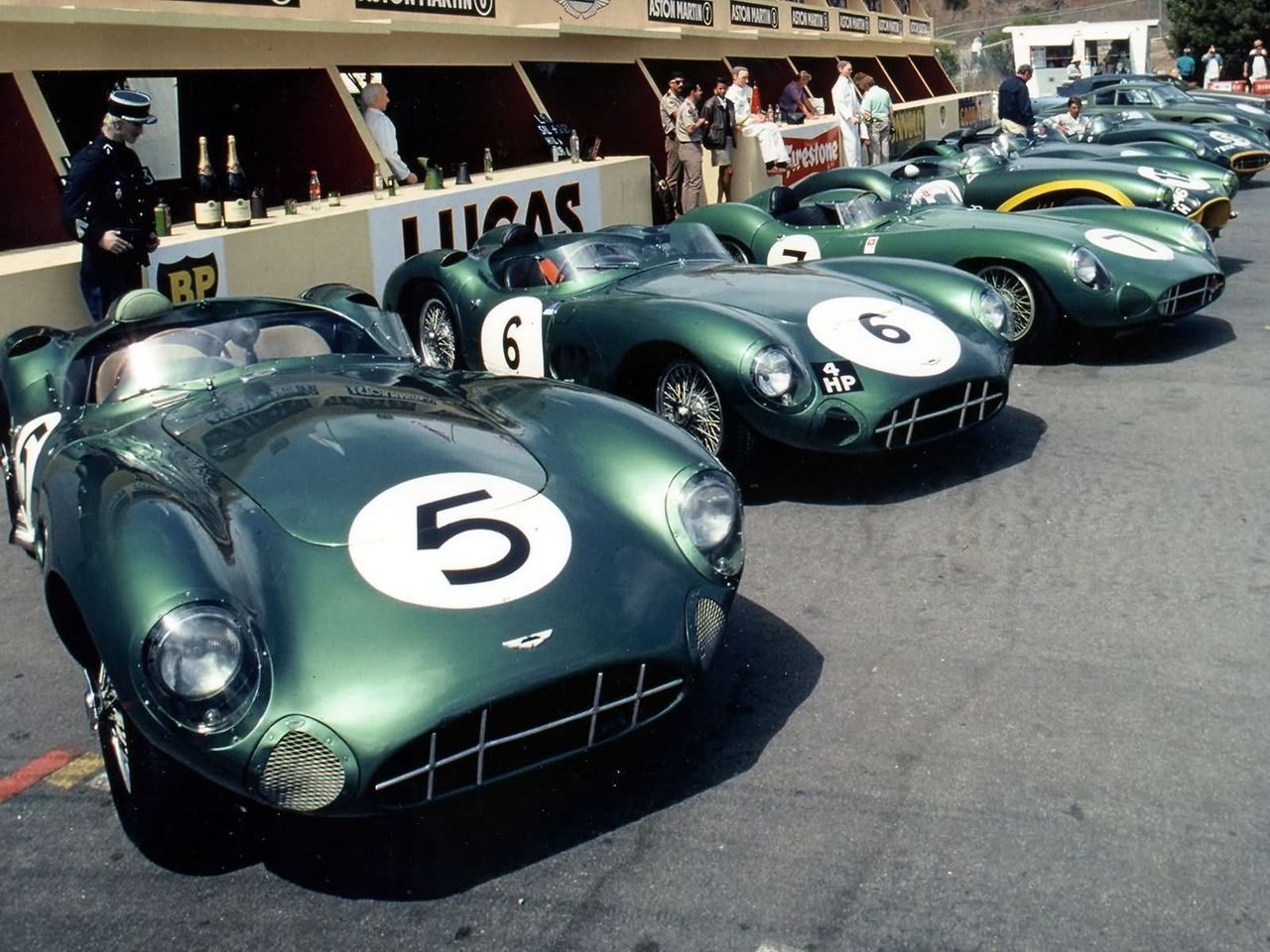
The first attempts at the French 24-Hour race, penalized by a lower displacement than the main competitors, did not go smoothly at all: seventh in 1952, retirements and accidents in ’53 and ’54 and a respectable second place in 1955 behind the Jaguar D which had a 3,800 cc engine compared to the 3,000 cc of the Aston DB3S driven by Paul Free and Peter Collins.
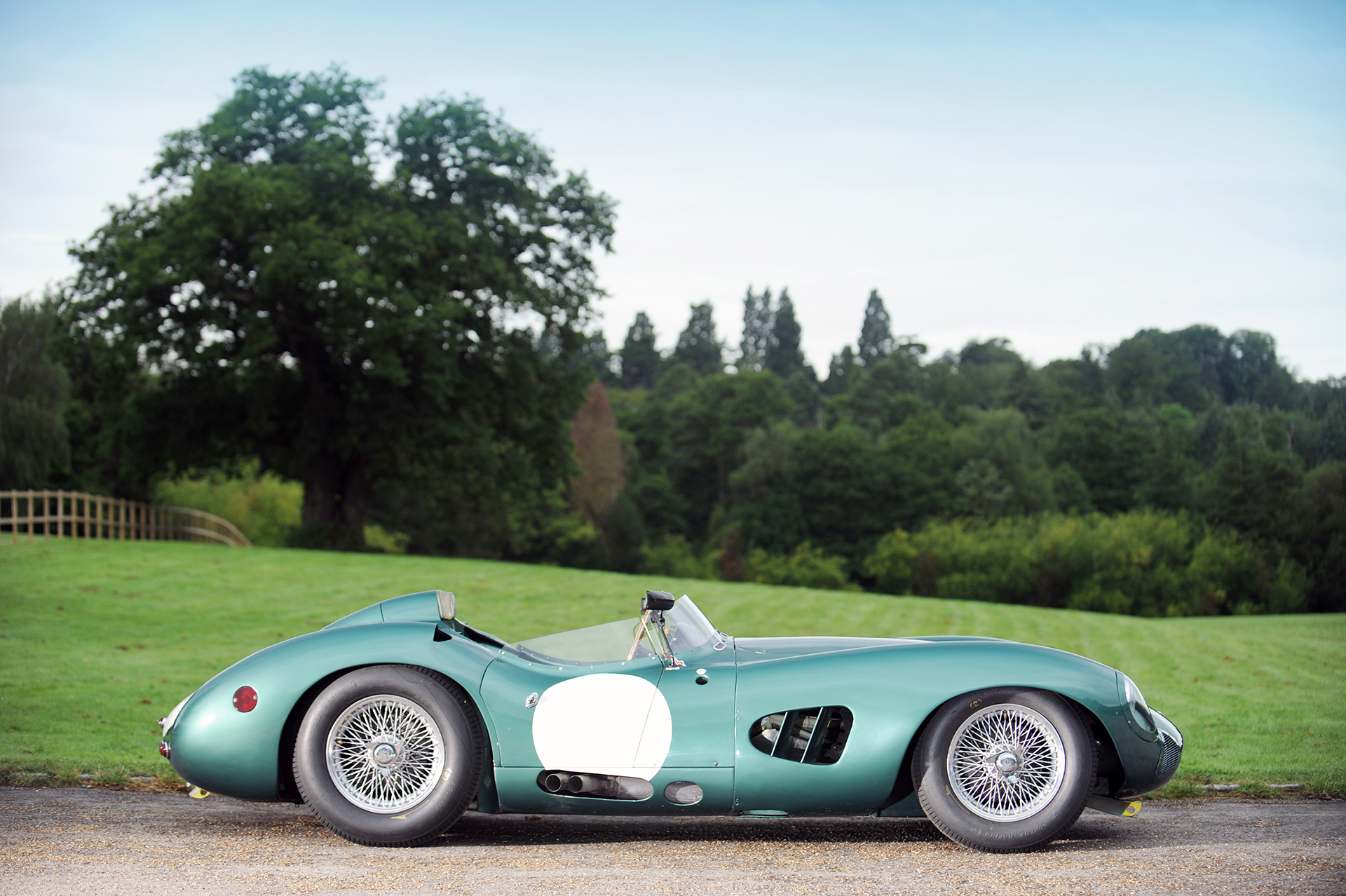
The turning point came in 1956 with the development of a new car designed by Ted Cutting: the DBR1. A stiffer chassis and, more importantly, very light, allowing the car to tip the scales at just 800kg. The David Brown gearbox was mounted transversely to keep the majority of the weight inside the wheelbase. Its debut was not a lucky one but in 1957, with the new three-litre engine, it began to show its his potential with victories at Spa, the 1000 km Nürburgring and once again at Spa in a three-hour race, but Le Mans brought yet another double retirement.
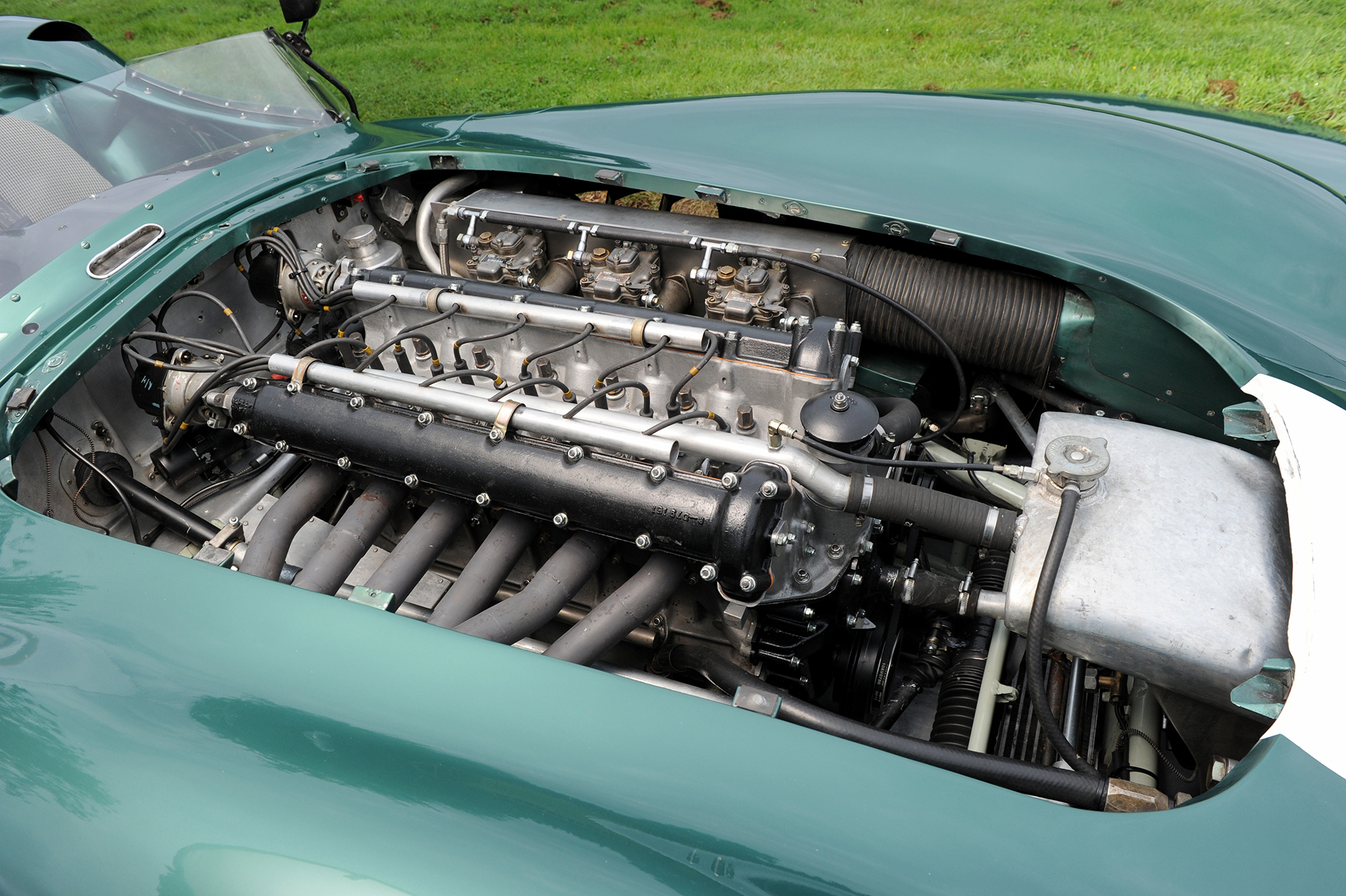
The end-of-season rule changes that limited the displacement to 3 litres for sport cars, was a ray of sunshine. But even in 1958, despite Moss and Brabham winning the Nürburgring 1000km, success at Le Mans did not come. Brown refused to give up. In 1959, three DBR1s were registered to race at the 24 Hours of Le Mans with a slightly revised engine with modified bore and stroke. A special strategy was put in place: Moss and Fairman’s No. 4 car was fitted with a tweaked engine that was more powerful but with uncertain durability.
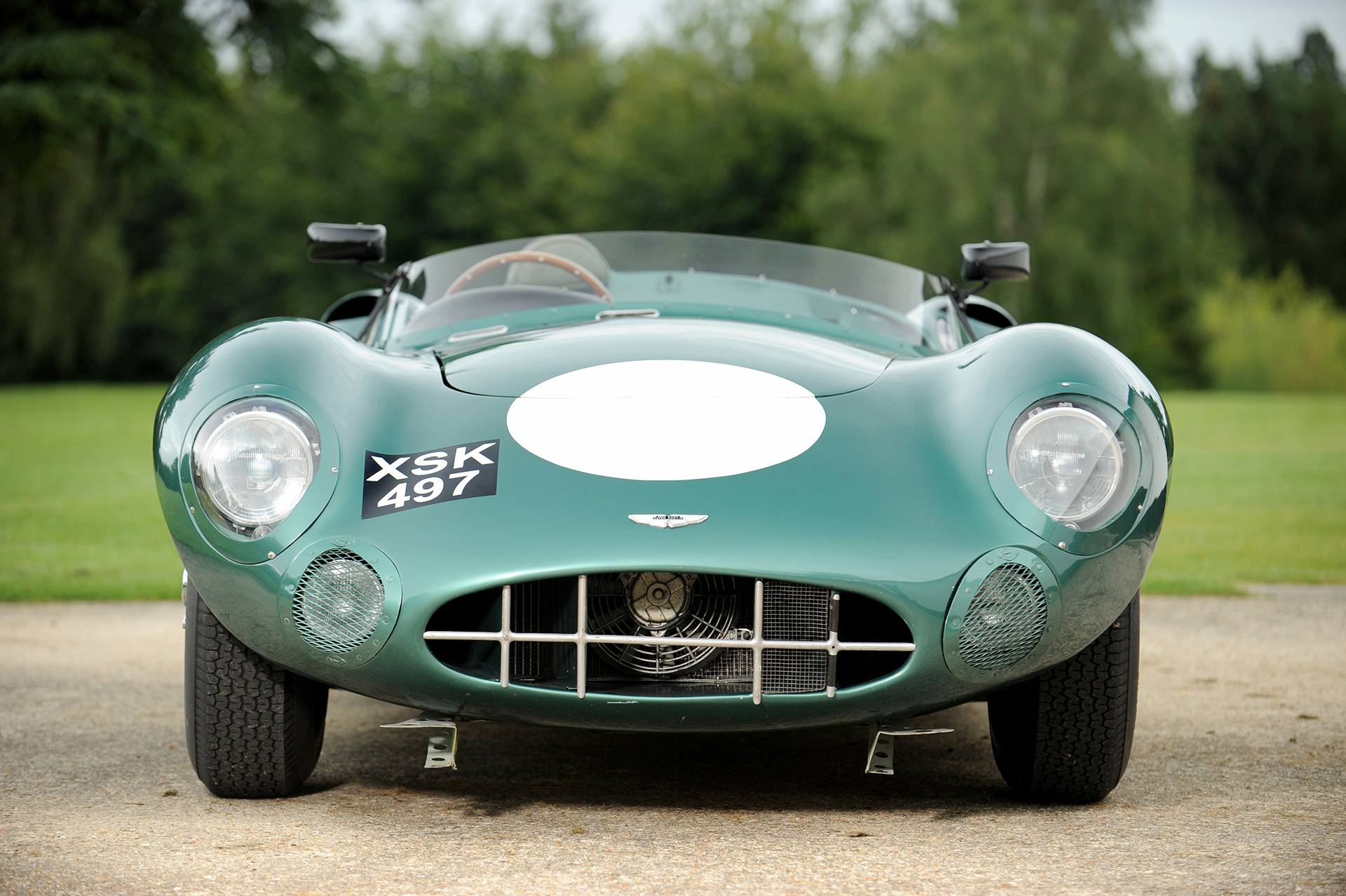
In Moss’s hands the car set a blisteringly fast pace for the other teams to follow, which they did. The other two Astons, on the other hand, continued at the planned pace. At the sixth hour, after 70 laps, the engine of No. 4 gave up but Moss was not alone and others quickly dropped out of the race. The ingenious tactic paved the way for Roy Salvadori and Carroll Shelby – with DBR1 No. 5 – followed by Maurice Trintingant and Paul Frere – behind the wheel of DBR1 No.6.
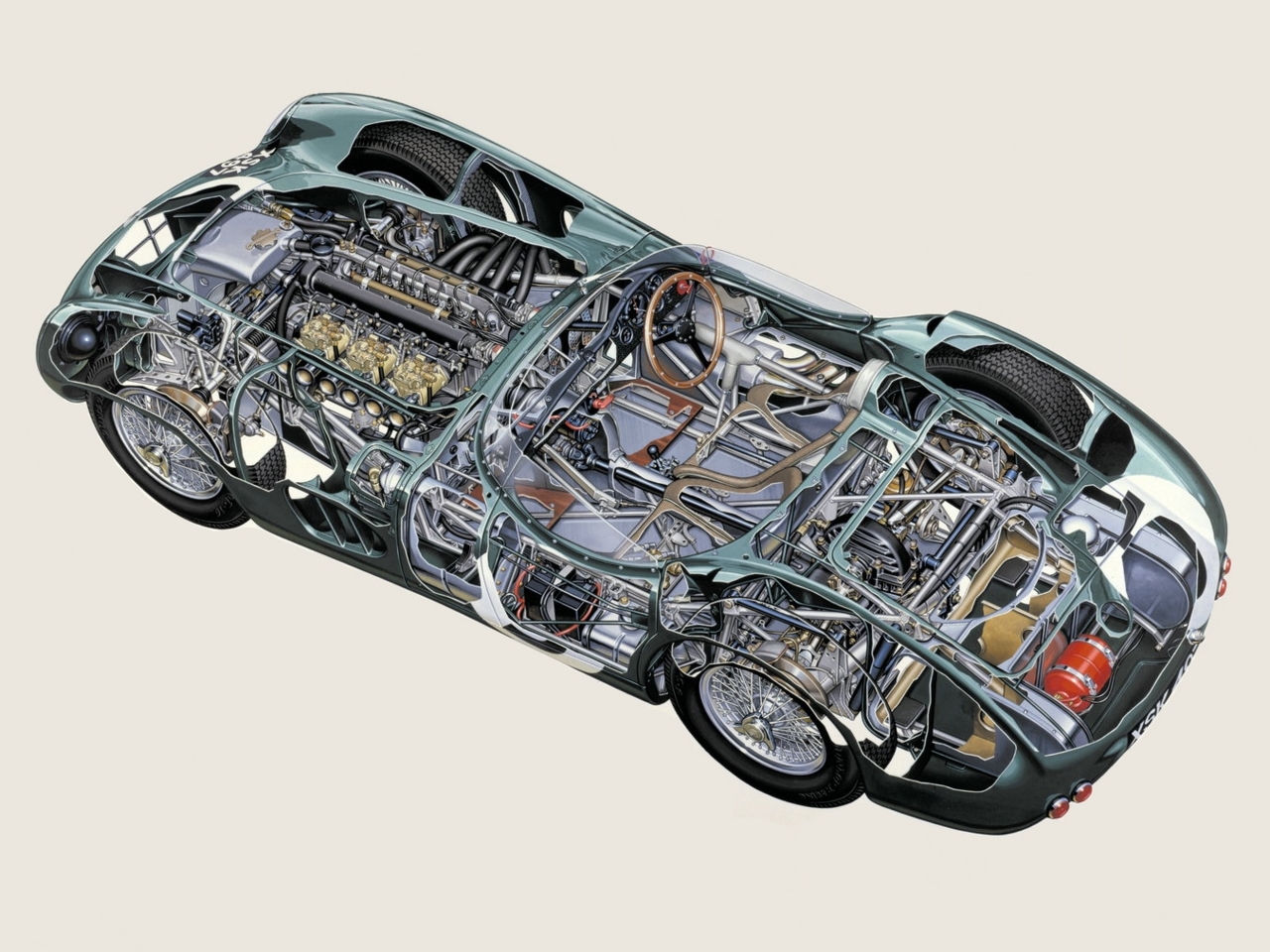
David Brown had finally secured his victory at Le Mans and Aston Martin also took home the World Sports Car Championship. The success in 1959 was the last outright victory for Aston Martin at the Sarthe Marathon. The DBR1 is now an official member of the sport car Olympus, so much so that in 2017 it became the most expensive British car ever sold at an auction, changing hands for $22.55 million dollars.
